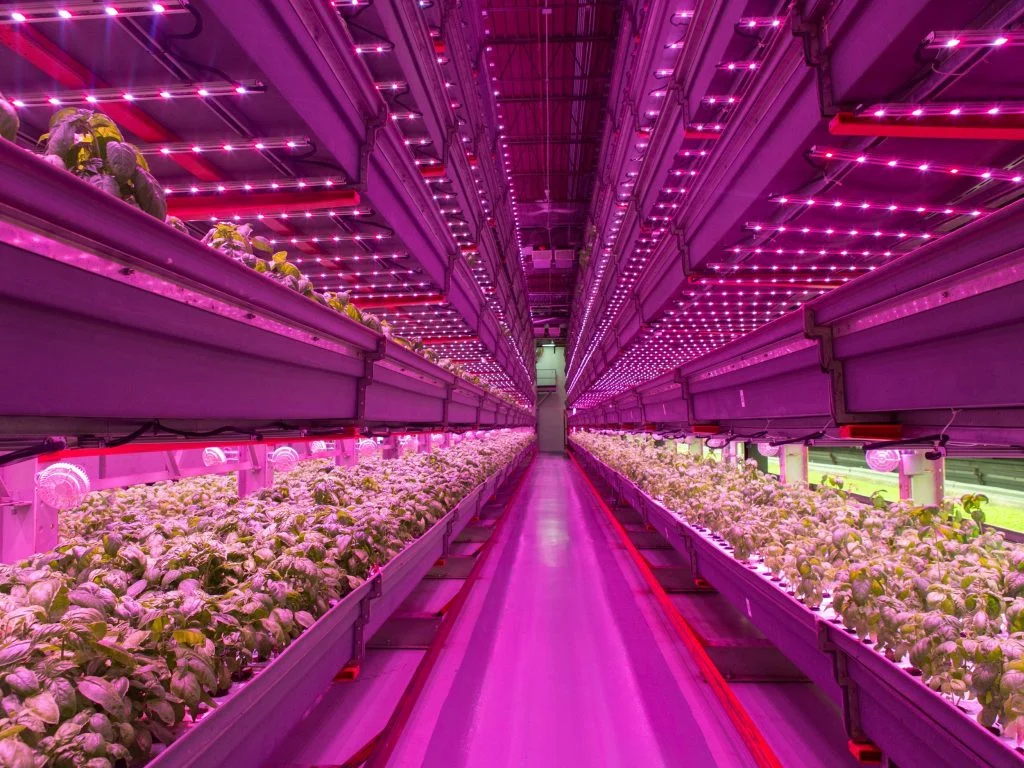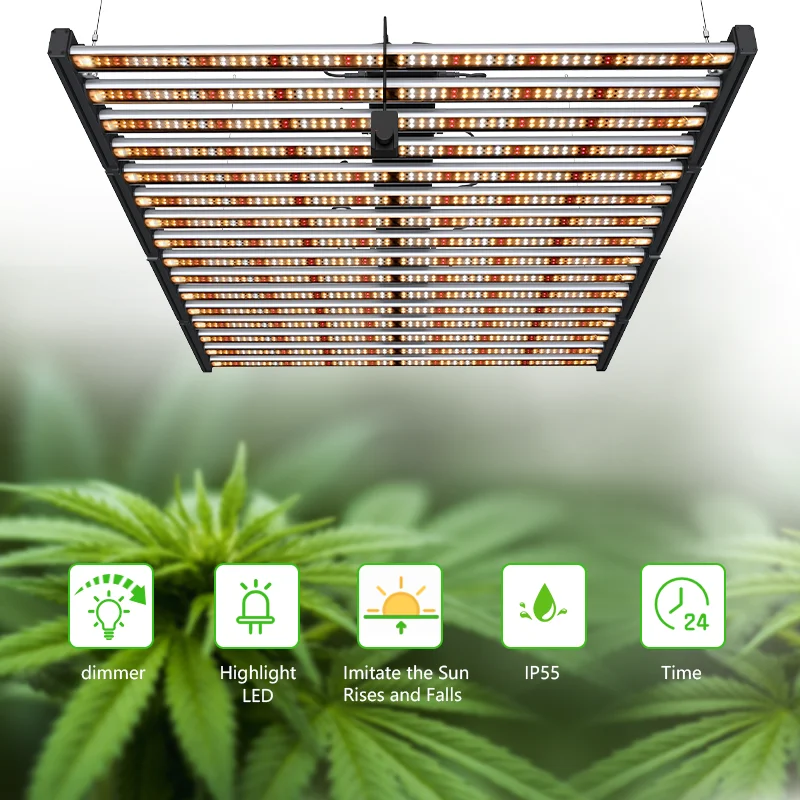As the world becomes more focused on sustainable agriculture, the use of LED grow lights has become increasingly popular. These lights are a powerful tool for indoor farmers, providing a reliable, cost-effective, and eco-friendly way to grow plants. LED grow lights offer many benefits, including longer lifespans, lower heat output, and increased energy efficiency, making them an important tool for plant growth.

What are LED Grow Lights?
LED stands for Light Emitting Diode, a type of lighting technology that has been around for decades. However, it wasn’t until recently that the technology became advanced enough to be used for indoor gardening. LED grow lights are specifically designed to provide the wavelengths of light that plants need for photosynthesis. They produce a spectrum of light that is similar to natural sunlight, allowing plants to thrive.
LED grow lights are designed to be energy-efficient, producing less heat than traditional grow lights. This makes them an ideal choice for indoor gardening, where temperature control is essential. Because they produce less heat, LED grow lights can be placed closer to plants without damaging them, resulting in increased efficiency and better yields.
Benefits of LED Grow Lights for Plant Growth
Increased Yield: LED grow lights can increase the yield of plants by up to 25%. This is due to the fact that they provide a more consistent light source than traditional grow lights, allowing plants to photosynthesize more efficiently.
Energy Efficiency: LED grow lights are up to 80% more energy-efficient than traditional grow lights, making them a more cost-effective option. This is because they use less electricity to produce the same amount of light, resulting in lower electricity bills.
Longer Lifespan: LED grow lights have a longer lifespan than traditional grow lights, lasting up to 50,000 hours. This means that they need to be replaced less frequently, resulting in less waste and cost savings in the long run.
Reduced Heat Output: LED grow lights produce less heat than traditional grow lights, reducing the risk of overheating and damage to plants. This means that they can be placed closer to plants without causing harm, resulting in better growth and yields.
Customizable Spectrum: LED grow lights can be customized to produce specific wavelengths of light, allowing farmers to tailor their lighting to the specific needs of their plants. This means that they can optimize their lighting to achieve the best possible results.
Eco-Friendly: LED grow lights are an eco-friendly option for indoor farming, as they use less electricity and produce less heat. This reduces their impact on the environment, making them a sustainable choice for growers.

How LED Grow Lights Work for Plant Growth
Plants need light in order to photosynthesize and grow. Photosynthesis is the process by which plants use energy from light to convert carbon dioxide and water into glucose and oxygen. This process is essential for plant growth and is dependent on the wavelengths of light that plants receive.
LED grow lights are designed to provide the specific wavelengths of light that plants need for photosynthesis. They produce a spectrum of light that is similar to natural sunlight, allowing plants to grow and thrive indoors. LED grow lights are also energy-efficient, producing less heat than traditional grow lights, which can cause damage to plants.
The spectrum of light produced by LED grow lights can be customized to meet the specific needs of different plants. This is because different wavelengths of light have different effects on plant growth. For example, blue light is essential for the growth of leaves and stems, while red light is important for flowering and fruiting.
LED grow lights can also be used in combination with natural sunlight to provide plants with the optimal amount of light. This is particularly useful in areas where sunlight is limited, such as during the winter months or in areas with high levels of air pollution.
Contact us for tips for Using LED Grow Lights for Plant.



